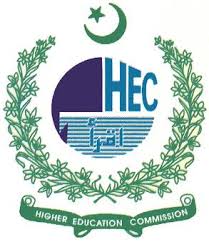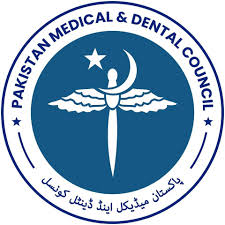Dengue Fever: Prevalence, Risk Factors and Serological Diagnosis in Hyderabad, Sindh, Pakistan
DOI:
https://doi.org/10.37018/AXDS9956Keywords:
Serological, Pakistan, Epidemiology, Prevalence, risk factors, Dengue feverAbstract
Introduction: Dengue viral infection (DVI), transmitted by mosquitoes, is a significant global health concern, especially due to climate change in tropical and subtropical areas. It manifests in severe forms like dengue hemorrhagic fever (DHF) and dengue shock syndrome (DSS), affecting vital organs. In Pakistan, dengue is endemic with seasonal outbreaks, particularly after monsoons, affecting younger populations more severely. The study investigates the prevalence, risk factors, and serological diagnosis of DVI in Hyderabad, Sindh, Pakistan. The current study was designed to investigate the serology, prevalence, risk factors, mortality and morbidity of dengue fever in Hyderabad, Sindh, Pakistan.
Subjects and methods: A case-control study was carried out from 2010 to 2017 at the Civil Hospital of Liaquat University of Medical and Health Sciences, Hyderabad, Sindh, Pakistan in collaboration with the University of Sindh, Jamshoro. Blood samples from 18,320 cases aged 13-75 years, suspected of dengue were analyzed. A questionnaire assessed risk factors, and serology was evaluated through rapid strip tests detecting dengue antigens and antibodies (IgA, IgM, IgG). Statistical analysis, including logistic regression and odds ratio calculations, was performed using SPSS.
Results: A total of 18,320 suspected cases were subjected to the strip test for dengue fever. Among these, 1312 (7.2%) cases were found serologically positive. Dengue fever severely affected the population in during the study duration. A higher percentage of dengue-specific IgM-positive (59.6%) cases indicate the primary infection, while a lower percentage of patients with positive IgM and IgG (24.6%) results specify the secondary infection. Result showed the higher prevalence in males patients compare to females, majorly involving dengue-fever, -hemorrhagic fever and-shock syndrome. Furthermore, significantly (p<0.05) reduced levels of leucocytes, monocytes, neutrophils, and platelets were observed in dengue patients than in control cases.
Conclusion: Dengue is a serious endemic infection in Hyderabad, with primary infections being more common. Effective preventive measures, including public awareness and the use of mosquito repellents, screen doors, and covered water containers, are crucial to reducing transmission. Further research is needed to explore climatic factors and enhance preventive strategies.

Downloads
Published
How to Cite
Issue
Section
License
The Journal of Fatima Jinnah Medical University follows the Attribution Creative Commons-Non commercial (CC BY-NC) license which allows the users to copy and redistribute the material in any medium or format, remix, transform and build upon the material. The users must give credit to the source and indicate, provide a link to the license, and indicate if changes were made. However, the CC By-NC license restricts the use of material for commercial purposes. For further details about the license please check the Creative Commons website. The editorial board of JFJMU strives hard for the authenticity and accuracy of the material published in the journal. However, findings and statements are views of the authors and do not necessarily represent views of the Editorial Board.

















